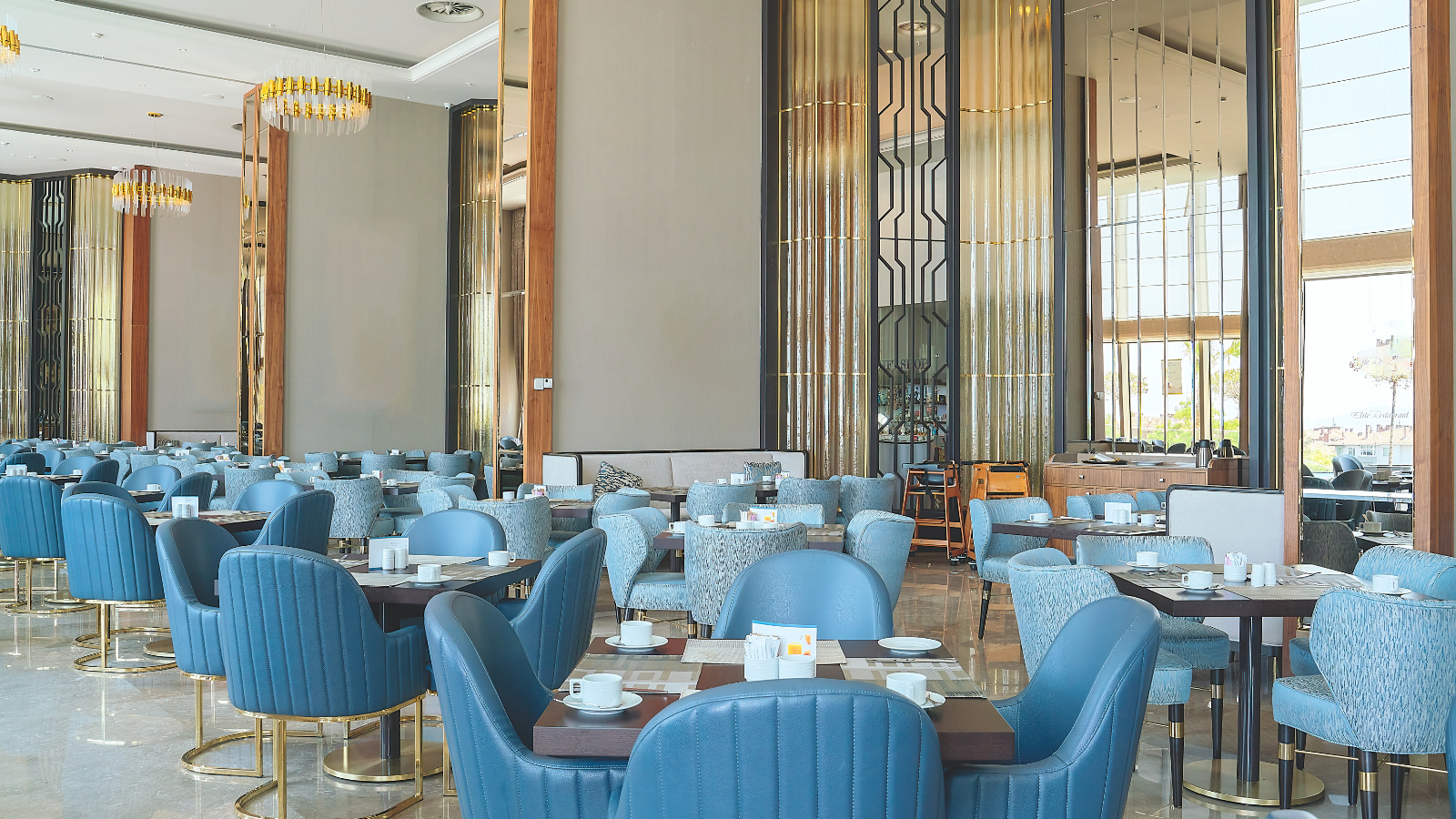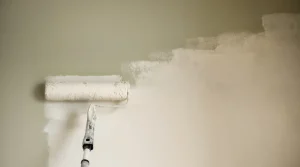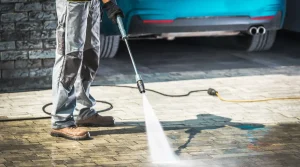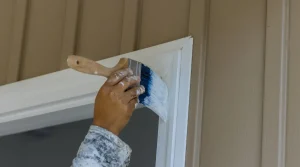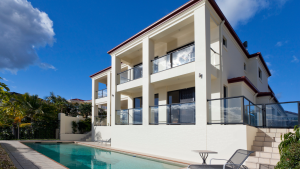One of the most powerful ways to make a lasting impression is through color and paint. The right paint job not only transforms your space but also influences customer behavior, making your restaurant stand out. This guide explores eight essential tips for painting restaurants to ensure that every stroke leaves a lasting impression.
Key Takeaways
- A well-designed color scheme draws patrons in and improves the atmosphere of a restaurant.
- Colors evoke emotions and influence customer behavior, directly affecting their dining experience.
- A successful painting project depends on selecting the appropriate paint finish, carefully prepping surfaces, and employing experts.
- Regular maintenance and updates help maintain a fresh and inviting appearance.
- Creating a memorable atmosphere is vital in the competitive restaurant industry, where customer satisfaction drives success.
Bring Your Home to Life with Fresh Paint!
Does your home need a fresh, vibrant touch? New City House Painter is here to transform your space with professional and reliable painting services. Our skilled painters deliver exceptional results, no matter the size of your project.
The Importance of a Lasting Impression
First impressions are crucial in the restaurant business. The moment customers step inside, the atmosphere should evoke warmth, hospitality, and style. The color and condition of your walls play a key role in shaping that perception.
Certain emotions and moods can be evoked by colors the dining experience. Warm colors like orange and red, for example, can stimulate appetite, while cooler tones like blue and green promote relaxation. Additionally, a clean, well-maintained space contributes to positive reviews, customer retention, and increased foot traffic. Investing in your restaurant’s paint job isn’t just about aesthetics—it’s about creating an experience that compels guests to return.
8 Tips for Painting Restaurants
1. Choose the Right Color Palette
The foundation of any well-designed space is a carefully selected color scheme. The colors you choose should align with your restaurant’s brand and the emotions you wish to convey. For instance, a casual diner might opt for cheerful, bright colors like warm yellows and reds, while an upscale bistro might prefer more muted, sophisticated tones like burgundy, navy, or soft greens.
To select the right palette:
- Research Competitors: Analyze local restaurants to understand typical color schemes and what makes them appealing.
- Create a Mood Board: Compile colors, images, and textures that align with your vision. This can serve as a visual guide during decision-making.
- Test Multiple Combinations: Experiment with different color samples on your walls to see how they interact with one another and the room’s ambiance.
We’ve got you covered! Learn how to choose the right paint for your project
2. Understand the Psychology of Color
Colors influence emotions and behaviors, a concept known as color psychology. Understanding this can help you create the perfect atmosphere for your restaurant. Here are some common color associations to consider:
- Red: Increases appetite and energy, often used in fast-food settings to stimulate quick decisions and faster turnover.
- Blue: A calming color associated with fine dining, though it can suppress appetite, so use it sparingly, perhaps as an accent.
- Yellow: Conveys happiness and warmth, ideal for family-friendly spaces, but bright shades should be moderated to avoid overwhelming customers.
- Green: Symbolizes freshness and health, making it suitable for organic or health-conscious eateries. It promotes balance and relaxation, enhancing the dining experience.
3. Consider Lighting
Lighting significantly impacts how colors appear in your restaurant. A color that looks vibrant in natural daylight may seem dull under artificial lighting. Before finalizing your color scheme:
- Test Paint Samples: Apply samples to walls and observe them under various lighting conditions throughout the day.
- Consider Lighting Fixtures: Pay attention to the type of lighting (e.g., warm vs. cool) and how it affects the colors.
- Use Layered Lighting: Incorporate different light sources, such as ambient and accent lighting, to create depth and enhance your chosen color palette.
4. Choose the Right Finish
Selecting the appropriate paint finish is essential for both aesthetics and durability. Restaurants endure high traffic, so the finish you choose should be easy to clean and long-lasting. Some options include:
- Semi-Gloss: Highly durable and reflective, ideal for high-traffic areas like hallways and kitchen zones.
- Satin: Strikes a balance between sheen and softness, making it perfect for dining areas where a warm, inviting look is needed.
- Flat: Although exquisite, it is more difficult to clean and maintain, which makes it less useful for restaurants.
5. Invest in Quality Paint
Even though less expensive paints might appear more economical, spending more money on high-quality paint guarantees superior coverage, lifespan, and durability. Superior paint:
- Provides Long-Lasting Results: It keeps your walls looking bright for years since it doesn’t fade or peel.
- Offers Better Coverage: saves time and labor costs by requiring fewer coatings.
- Is Cost-Effective: Long-term cost savings from the lack of touch-ups or repainting make it a more cost-effective option, even if the initial cost may be greater.
6. Prepare the Space
Proper preparation is key to a professional-looking paint job. Even the highest-quality paint won’t adhere well without adequate prep. To ensure success:
- Clear the Area: Remove furniture, wall art, and other obstacles from the painting area.
- Protect Surfaces: Use drop cloths and painter’s tape to cover floors, tables, and fixtures.
- Prepare the Walls: Clean surfaces, repair holes, and sand the walls to ensure smooth adhesion.
7. Hire Professionals
Hiring experienced painters can save time and ensure high-quality results. When choosing a professional:
- Check References: Look at reviews and past projects to gauge their reliability.
- Discuss Color Options: Professional painters can provide valuable insights into color schemes and techniques.
- Get a Detailed Quote: Ensure that the estimate comprises the cost of labor, the materials, and any possible extras.
8. Maintain and Update Regularly
Even the best paint job will need upkeep to stay fresh. Regular maintenance helps preserve your restaurant’s appearance:
- Schedule Touch-Ups: Periodically inspect your walls for scuffs and signs of wear, and schedule routine touch-ups.
- Consider Seasonal Updates: Refresh the space by introducing seasonal color accents or artwork.
- Monitor for Damage: Pay attention to wear from humidity, grease, or daily activity, addressing issues early to avoid larger repairs.
Conclusion
Within the very competitive restaurant sector, initial impressions hold significant weight. A well-thought-out paint job can significantly impact the ambiance and customer experience. By choosing the right colors, understanding their psychological effects, using high-quality materials, and maintaining your space regularly, you can create a welcoming atmosphere that encourages repeat visits. Each stroke of paint adds to the narrative that your restaurant conveys, making you stand out and fostering enduring patronage.

